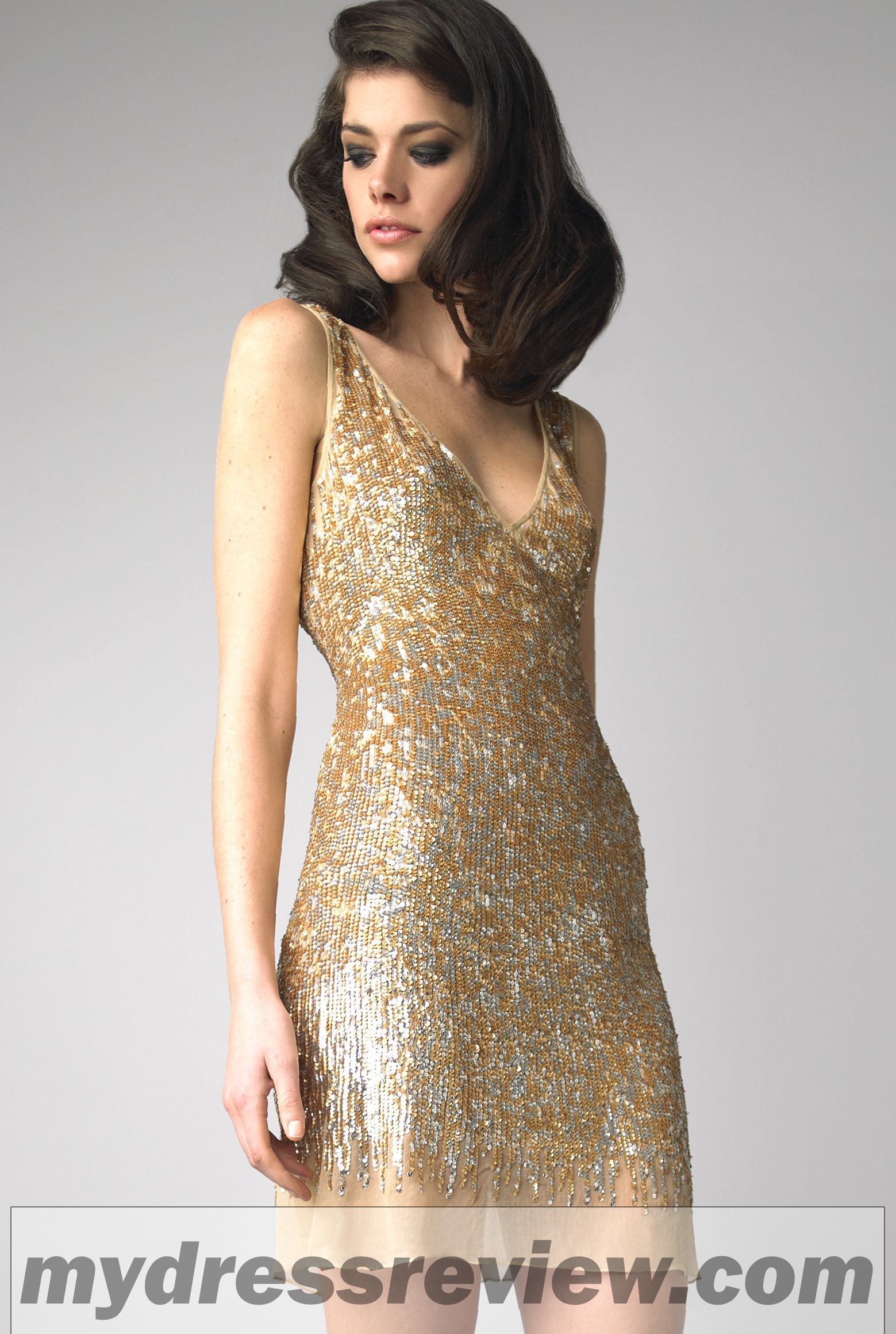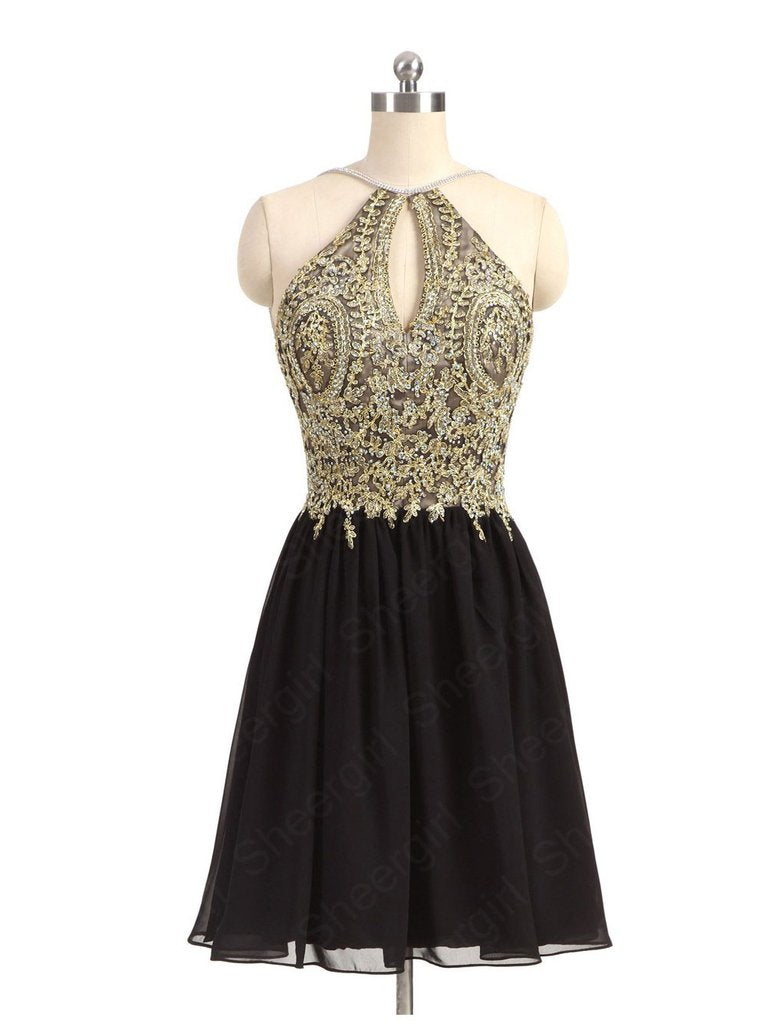Table of Content

Activewear has also become a large and growing market. In some societies, clothing may be used to indicate rank or status. In ancient Rome, for example, only senators could wear garments dyed with Tyrian purple. In traditional Hawaiian society, only high-ranking chiefs could wear feather cloaks and palaoa, or carved whale teeth.

Women wore dresses all day, every day. Day dresses had a drop waist, which was a sash or belt around the low waist or hip and a skirt that hung anywhere from the ankle on up to the knee, never above. Daywear had sleeves (long to mid-bicep) and a skirt that was straight, pleated, hank hemmed, or tiered. Hair was often bobbed, giving a boyish look. Some forms of personal protective equipment amount to clothing, such as coveralls, chaps or a doctor's white coat, with similar requirements for maintenance and cleaning as other textiles .
The Solid White Tuxedo Shirt
Her low-necked chemise is just visible above the arched bodice, 1572. When I put it on, I had a feeling of joy because it fit me perfectly and the colors suited me. I enjoyed wearing it on my recent trip to Bryce National Park.
High-necked bodices styled like men's doublets might fasten with hooks or buttons. Italian and German fashion retained the front-laced bodice of the previous period, with the ties laced in parallel rows. Women's outer clothing generally consisted of a loose or fitted gown worn over a kirtle or petticoat . An alternative to the gown was a short jacket or a doublet cut with a high neckline. Overall, the silhouette was narrow through the 1560s and gradually widened, with emphasis at the shoulder and hip.
By Casual Shirts
This dress was PERFECT not only for my figure, but for the event -- the red dots echoed the circle theme we had going that year, and the red is pretty close to TED's official ink color. Just wearing that dress, that day and every day since, brings me great joy. Who doesn't love a red polka dot dress that swings with you when you move and feels entirely comfortable? Thank you, eShakti, for the service, the wonderful products, and the opportunity to remember/relive one of the happiest days of my life.

He wears the livery collar of the Order of the Garter c. Nicholas Hilliard's Unknown Woman wears a cutwork cartwheel ruff. Her stomacher and wired heart-shaped coif are both decorated with blackwork embroidery, 1585–90.
Black " 1OAK " T Shirt for Air Jordan 1 Retro High OG Pollen University Gold by Kicks Matched
The black-and-white doublet below also fastens with tiny buttons, German, 1566. King Edward VI of England wears matching black doublet, paned hose, and robe trimmed with bands of gold braid or embroidery closed with jewels, c. Hair was generally worn short, brushed back from the forehead. Longer styles were popular in the 1580s.
Regarding fabrics and materials for the clothes construction, only royalty was permitted to wear ermine. Other nobles were allowed only to wear foxes and otters. Clothes worn during this era were mostly inspired by geometric shapes, probably derived from the high interest in science and mathematics from that era. "Padding and quilting together with the use of whalebone or buckram for stiffening purposes were used to gain geometric effect with emphasis on giving the illusion of a small waist". The Elizabethan era had its own customs and social rules that were reflected in their fashion. Style would depend usually of social status and Elizabethans were bound to obey The Elizabethan Sumptuary Laws, which oversaw the style and materials worn.
Anne Knollys wears a black gown and full white sleeves trimmed with gold lace or braid. She wears a French hood with a jewelled biliment and a black veil, 1582. Sisters Ermengard and Walburg von Rietberg wears German front-laced gowns of red satin trimmed with black bands of fabric.
Depending on social status, the colour could be used in any clothing or would be limited to mantles, doublets, jerkins, or other specific items. Lower classes were only allowed to use brown, beige, yellow, orange, green, grey and blue in wool, linen and sheepskin, while usual fabrics for upper class were silk or velvet. Linen ruffs grew from a narrow frill at neck and wrists to a broad "cartwheel" style that required a wire support by the 1580s. Ruffs were worn throughout Europe, by men and women of all classes, and were made of rectangular lengths of linen as long as 19 yards. Later ruffs were made of delicate reticella, a cutwork lace that evolved into the needlelaces of the 17th century.
Fashion
In China, before establishment of the republic, only the emperor could wear yellow. History provides many examples of elaborate sumptuary laws that regulated what people could wear. In societies without such laws, which includes most modern societies, social status is signaled by the purchase of rare or luxury items that are limited by cost to those with wealth or status.

Costume collections often focus on important pieces of clothing considered unique or otherwise significant, limiting the opportunities scholars have to study everyday clothing. Serious books on clothing and its functions appear from the nineteenth century as European colonial powers interacted with new environments such as tropical ones in Asia. Some scientific research into the multiple functions of clothing in the first half of the twentieth century, with publications such as J.C.


















